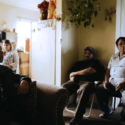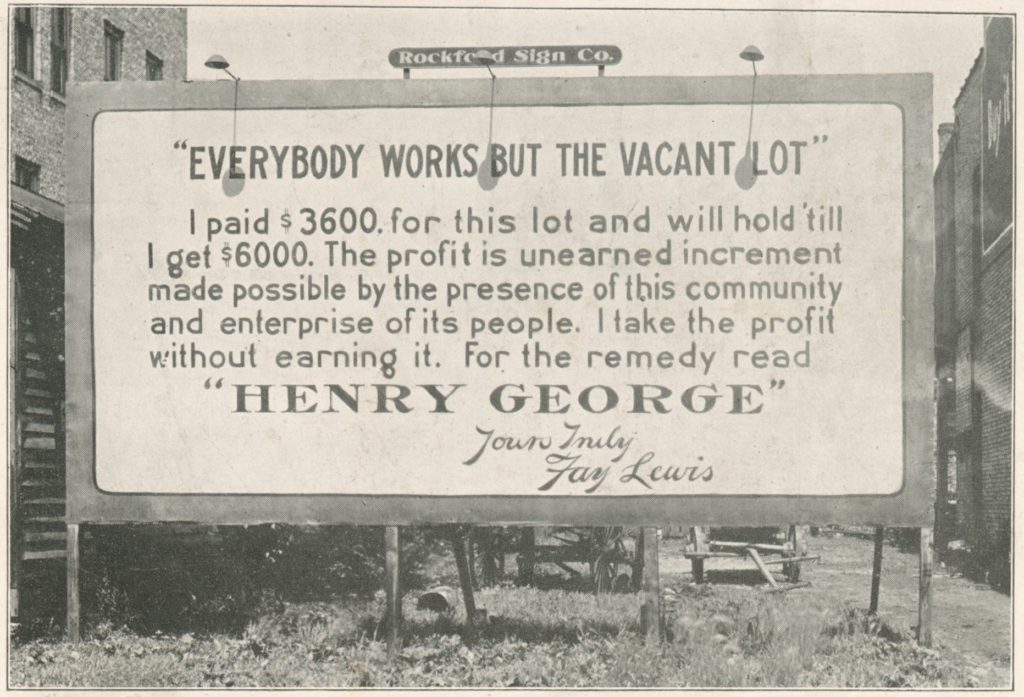Long Beach Students Talk About Impact of Coronavirus School Closures
7 minute readUpdated on 3/20/20 to reflect extension of school closures and updated coronavirus cases numbers.
“I’m just extremely stressed and confused.”
That’s how Long Beach Poly High School senior Jasmine Ramirez is feeling about having to navigate life without teachers, classmates, and, yes, even math class in the time of coronavirus.
Students from across the state, including two from Long Beach schools, expressed shock, sadness, and disappointment about the pandemic-related school closures during a Wednesday teleconference put on by the youth-advocacy group Californians for Justice.
In an effort to stem the spread of the deadly COVID-19 respiratory virus, virtually all schools in California have voluntarily suspended classes. The Long Beach Unified School District initially announced last week that its 85 public schools will be closed until April 20. That was later extended to at least May 3. As of today, there are 14 reported cases of virus in Long Beach and over 15,000 nationwide.
“We do not have any presumptive or confirmed cases of the new coronavirus in our schools, but we are taking this step to help protect public health,” district officials said in a statement.
The abrupt announcement came while classes were in session on Friday.
“I was actually in my third period class as a teacher’s aide when I found out,” said Ramirez. “It was very shocking for me. And everybody found out at the same time. Everything just stopped, all the work stopped.”
Liliana Ayala, a junior at Cabrillo High School, also heard the news while in class and scrambled to check in with all her teachers before leaving for the day.
“I found out at the same time my teachers were being notified. The news led to chaos because the teachers were not prepared to give students any work to take home,” said Ayala.
At first, students were excited at the prospect of an elongated spring break, said Ramirez. But as the reality of how the shut down was going to affect them began to sink in, the mood wasn’t as upbeat.
“As I left school, I felt stressed because I didn’t have enough information on how I was going to do schoolwork,” said Ayala. “I didn’t want to fall behind, especially because it’s one of the most important years in my education.”
Continuing Education
LBUSD serves more than 72,000 students and is the third largest district in the state with campuses in Long Beach, Lakewood, Signal Hill, and Avalon on Catalina Island.
Superintendent Chris Steinhauser said on Friday during a press conference that faculty will make efforts to continue instruction using online platforms, hard-copy schoolwork packets, and textbooks.
Ayala said teachers already used computer-based platforms to interact with students before the closures, and the shift to more online instruction had begun.
“Today, my teacher, she did a Google Classroom,” Ayala said. “(One of my other teachers) posted an assignment on School Loop but it’s not graded. It’s an optional assignment … I like that, so it can prepare me for the AP exam.”
For at least one of her classes, Ramirez said she hasn’t received much in the way of new schoolwork since the hiatus.
“Right now they haven’t really assigned anything for my English class. We were already reading a novel, so (my teacher) just told us to please finish it or read while we’re gone,” said Ramirez.
However, she said her brother, who’s in middle school, has been regularly receiving assignments from teachers via Google Classroom.
Tomisin Oluwole
Coquette
Acrylic on canvas
18 x 24 inches
Click here to check out our interview with Tomisin Oluwole, a a literary and visual artist based in Long Beach.

Instead of gunking up our site with ads, we use this space to display and promote the work of local artists.
A more uniform educational plan was announced Thursday. The district will begin sending “home learning opportunity information to general education and special education students and their families” beginning on Monday, officials said. The “lessons and resources” will include ungraded assignments through April 9, the week before spring break.
One major barrier to transitioning to online coursework for some students is a lack of access to computers or the internet. According to the city, 12% of youth in Long Beach don’t have internet access at home. That number shoots up to 40% for households making less than $20,000. The city’s public libraries, which offer free computer and internet access, are closed indefinitely.
To help expand access, district officials said at a recent school board meeting that they will begin distributing Chromebook laptops on Wednesday to students who need them. Wi-Fi hotspot devices will also soon be available.
Charter Communications is also offering free Wi-Fi service for 60 days to all K-12 households and college students who don’t have a subscription and are waiving installation fees.
Additionally, the California Department of Education published a list of online learning resources for schools and families.
All Aspects of Life Shaken
“So at home things have been very tense,” said Ayala. “When everyone found out that schools were shutting down due to the coronavirus, it led to conversations about how we’re going to pay the bills on time.”
Her household’s income has been greatly affected by the plunge in economic activity brought on by the coronavirus pandemic. Her brothers, who are soccer coaches, are no longer able to work. Her sister, who is employed at a hotel in the city, has had her hours reduced. And her mom, who owns a snack shop near Cabrillo High School, is having a hard time keeping the doors open because most of her clientele are students.
“Everyone in my family is concerned about my mom’s mental health due to the stress brought on by the after-effects of the coronavirus,” she said.
According to the district, roughly 65% of its students come from socioeconomically disadvantaged households, and a majority of students depend on its free or reduced-price meal program. To make sure these children are fed during this crisis, most campuses are offering free grab-and-go breakfast and lunch to all youngsters.
Students who have jobs are often employed in the retail and food industries, businesses that have mostly been deemed essential by the city and will stay open amid coronavirus shut downs. It’s frontline work that puts them at greater risk of contracting COVID-19. But as other family members are laid off or furloughed, the income they bring home can take on greater importance (One poll found nearly one in five households are experiencing a layoff or a reduction in work hours.)
“Young people are navigating this new reality alongside their families who are confronted with terrible consequences and impossible choices; layoffs, backed up rent and mortgages, figuring out child care and choosing to put food on the table versus personal health,” said Californians for Justice in a statement.
Ramirez works as a cashier at a 99 Cents Store and said it’s been nerve-wracking dealing with customers hauling cartloads of merchandise who can easily become impatient or rowdy because of long lines or bare shelves.
“I was also concerned with the fact of me attaining the virus because I heard that it could be quickly transferred, or like transferred through money,” she said.
And getting sick could be financially ruinous for working families who don’t have health insurance.
“For my family members, the biggest concern, I guess, is us getting the virus because I mean, we can’t, we won’t be able to afford any of the bills that have to go with it,” said Ramirez.
These financial stressors don’t just affect parents, but become psychological burdens on the youth.
“Our families not being able to pay their bills creates anxiety and fear that we young people often have to carry,” said Ayala.
Meanwhile, students’ social outlets have been reduced to group chats and FaceTiming, and much-anticipated school activities are now up in the air. Though the district hasn’t made any official announcement on commencement ceremonies or other activities, some 12th graders are already despairing missing out on the traditional senior-year rites of passage.
“A lot of us, we were looking forward to basically senior year for a long time, for as long as we can remember, and all the activities that will come along with it,” Ramirez said. “We’re just very devastated.”


 kevin@forthe.org
kevin@forthe.org @reporterkflores
@reporterkflores




